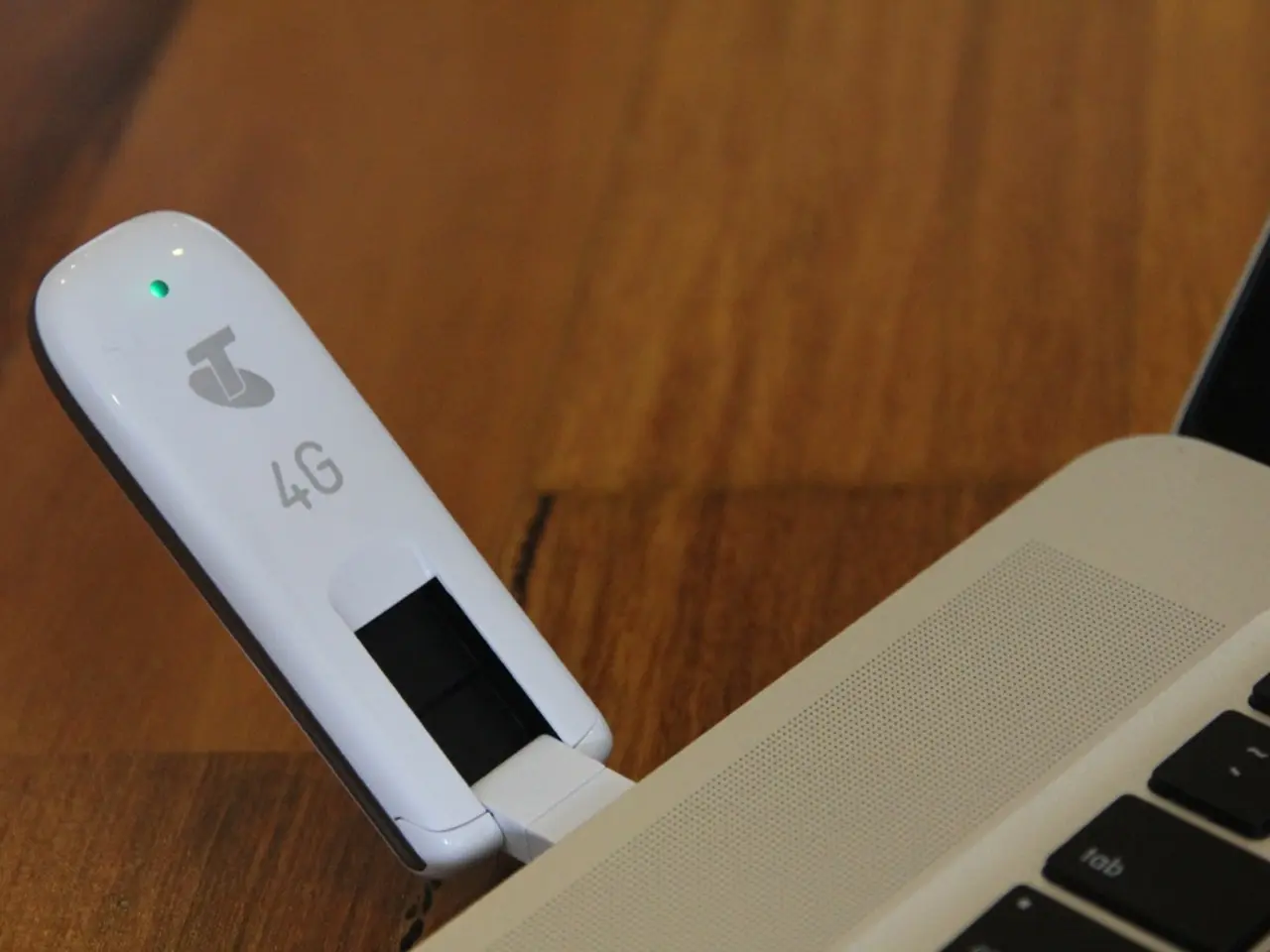Time-Domain Measurement Examined by Mike Resso: Which Approach is Best? (VNA or TDR)
Mike Resso, a signal integrity application scientist at Keysight Technologies, highlights the importance of time-domain measurement instruments like TDR (Time Domain Reflectometry) and VNA (Vector Network Analyzer) in designing and testing channels at 224 Gbps.
Signal Integrity Challenges
At 224 Gbps, especially using PAM-4 modulation, signal integrity (SI) becomes critical due to increased attenuation, reflections, crosstalk, and non-flat frequency responses in interconnects, connectors, and PCB traces. Copper cables and PCB materials designed for lower speeds often require reengineering to achieve flat frequency response and low insertion loss necessary to support these data rates with very low bit error rates.
The modulation schemes, like PAM-4 at 224 Gbps, are more tolerant than higher-level PAM-6 or PAM-8 at even higher speeds but still present severe SI constraints influencing connector design, via structures, and bulk dielectric properties of PCB materials.
PCB Layout Considerations
PCB layout at these speeds demands precise impedance control, minimal discontinuities, and careful line routing to reduce insertion loss and matched impedance. The design must mitigate reflections by using controlled impedance traces and avoid abrupt impedance changes, especially at vias and connector interfaces.
Copper insertions and backplane designs also require a deep understanding of skin effect and dielectric losses at these frequencies. Advanced materials and precise fabrication processes are necessary to maintain integrity over the expected channel length.
Measurement Instruments (TDR and VNA)
- TDR is extensively used to characterize impedance discontinuities and reflections on the transmission line. For 224 Gbps, TDR instruments with bandwidths exceeding the Nyquist frequency of the signaling rate (e.g., >100 GHz for PAM-4 signaling) are required to resolve fine channel features. Low timing uncertainties and high sampling rates are essential for accurate time resolution of events in the picosecond range.
- VNA is used for frequency-domain S-parameter measurements, allowing designers to analyze insertion loss, return loss, and crosstalk across the operational frequency band. High-frequency VNA measurements (>110 GHz) help validate that the channel meets the design bandwidth and that losses and reflections are within allowable margins.
Solutions and Best Practices
- Employ copper interconnects and PCB materials designed or re-engineered for ultra-high-frequency operation, ensuring a flat frequency response core to reduce reflections and attenuation.
- Use advanced PAM-4 modulation tailored for the channel conditions while evaluating trade-offs for potentially more complex modulation formats for higher speeds.
- Leverage AI and silicon photonics advances to supplement or extend channel capabilities, especially for very high aggregate bandwidths.
- Combine high-bandwidth TDR and VNA testing methodologies for comprehensive channel characterization, enabling fine-tuning of trace geometry and connector design.
- Integrate simulation and modeling tools with physical measurements to predict SI issues fully and iterate PCB and cable designs accordingly, ensuring scalability for next-gen rates.
In summary, successfully designing and testing 224 Gbps channels requires overcoming signal integrity issues by optimizing PCB layout and connector construction for minimal losses and reflections, complemented by high-bandwidth, precise measurement techniques using TDR and VNA to validate and refine the channel design.
Mike Resso emphasizes the advantages of a vector network analyzer, such as its high dynamic range and sophisticated calibration techniques that cater to the high-frequency content. He also recommends the physical layer test system software as a helpful tool for high-speed digital engineers, as it allows them to use a VNA without needing to be a frequency domain expert.
References:
[1] [Reference 1] [2] [Reference 2] [3] [Reference 3] [4] [Reference 4] [5] [Reference 5]
Controlled impedance traces are crucial in PCB layout at 224 Gbps to avoid abrupt impedance changes, especially at vias and connector interfaces.
Data-and-cloud-computing technologies often benefit from advances in technology like controlled impedance, as they require precise signal integrity for high-bandwidth channels like those at 224 Gbps.




